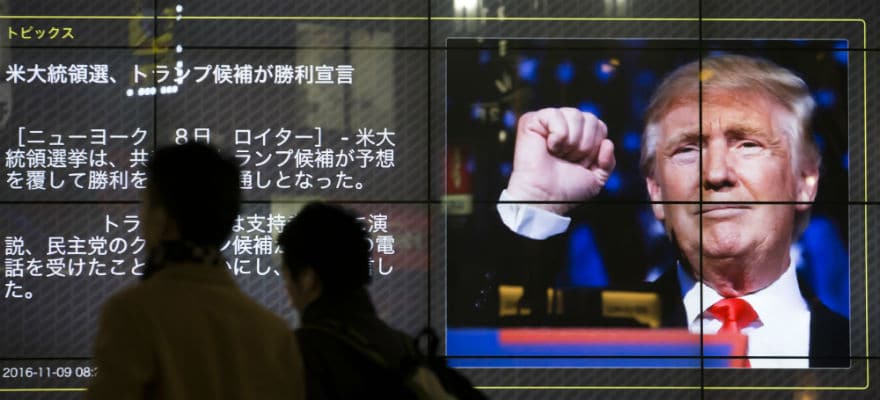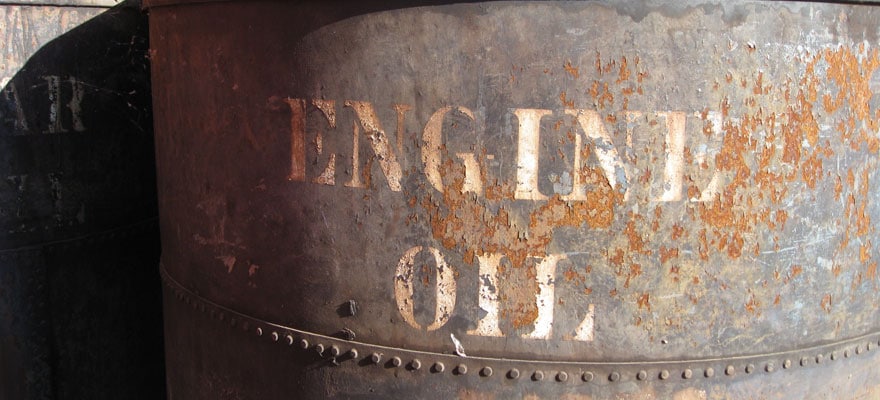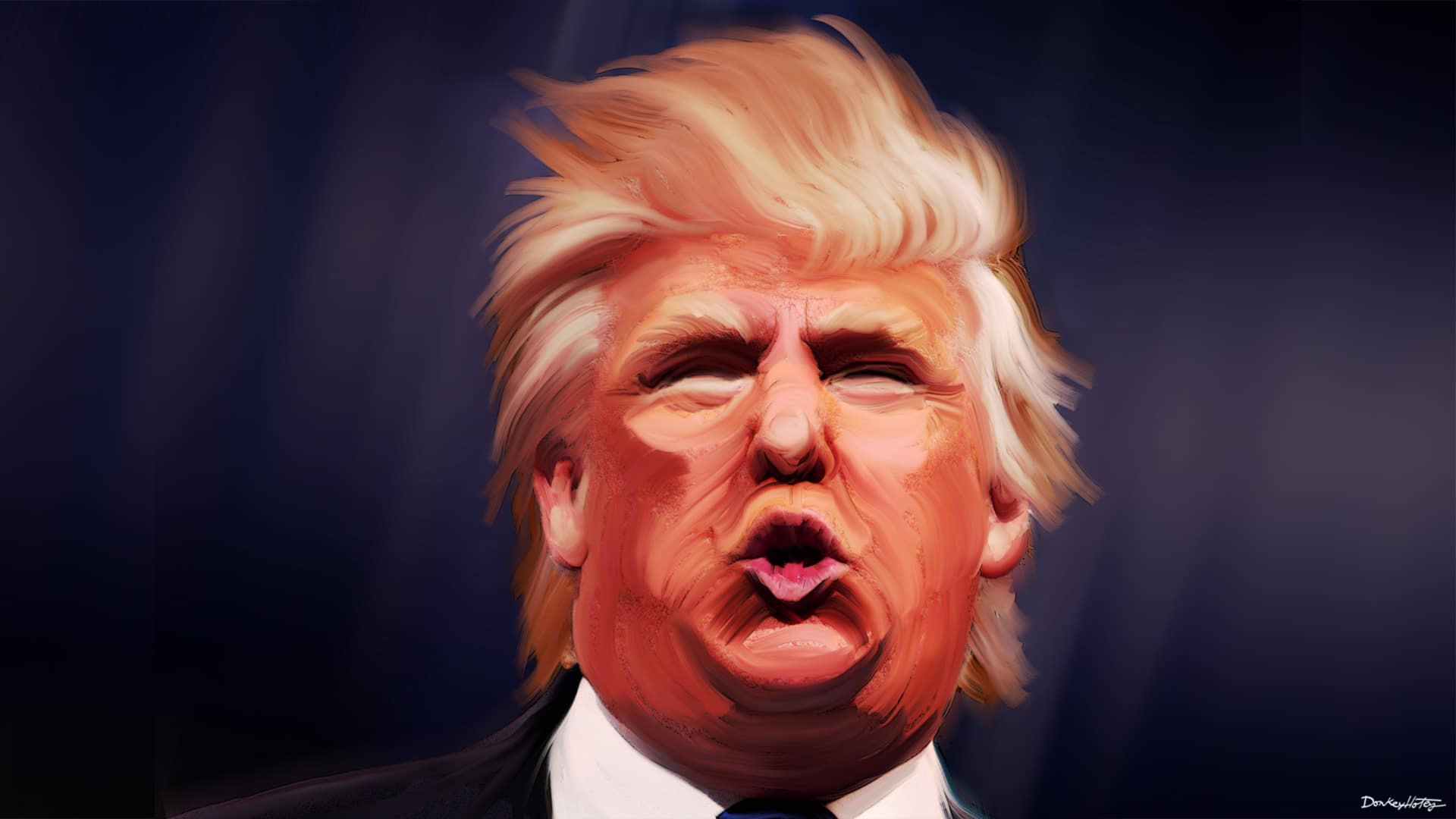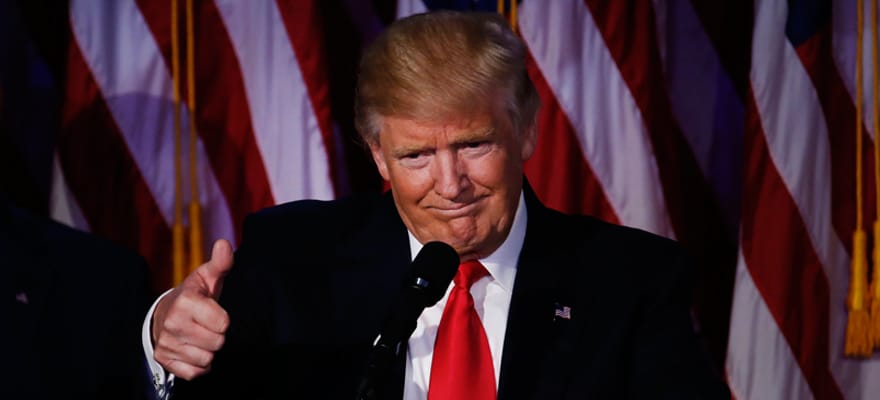Read the first installment here
The other commodity, queen of the market, is gold, which these days (October 2015) has risen to around 1150 dollars per ounce.
This precious metal represents another commodity beloved by investors. Behind buying and selling two commodities like gold and oil there are two different philosophies. We can buy oil or gold and sell it the next day: in this case the two investments would be almost the same and have the same function, speculation. But the final destination is different- oil is meant to improve production, whereas gold is more akin to ‘wealth storage’. Gold is what you buy when you want to turn your capital into treasure.
I want to dive like Uncle Scrooge!
Why do we like gold? It’s beautiful and rare. History explains that gold has always been one of the main targets for conquerors. But is this a wealth index today? Of course not! Although Spain, during the 17th century, taught us that investment in gold instead of production doesn’t bring any development (300 years ago Adam Smith said that wealth is based on production), in 2015 there still are countries like Italy, which has the fourth largest gold reserve in the world, but where 40% of young Italians are unemployed.
Anyway, even gold has recently had some price changes. On 17th July 2015 the Chinese government announced that they had bought roughly 100 tons of physical gold per year, for the last 6 years. Which has really disappointed investors who thought, according to what the Chinese government had said in previous announcements, that the gold reserve in China was much higher. After all, we know that the more the gold is owned by someone else, the more precious it is.
That caused a temporary loss in gold value of about 50 dollars per ounce (in July it was around 1100 dollars an ounce, dropping to 1050 dollars). Anyway, this loss was recovered in a couple of days. This is a clear example of how illogical the market is sometimes. Indeed, Chinese physical gold reserves represent only 2% of their monetary holdings, because monetary reserves are diversified (for example foreign exchange reserve) and China is still number six in the world rankings.
Months ago, the independent online magazine zerohedge wrote about the Chinese gold reserve, stating that there are some “known unknowns” and, as a consequence, an eventual announcement from the Chinese government about their own reserves wouldn’t affect the market. But they were wrong because the market did react. Those who sold their gold after the government announcement didn’t change the situation; they are a clear example of how psychology can affect a market trend.
We believe that a country’s wealth level cannot be measured by gold, but by their capability to undertake investment decisions which stimulate production from the base of society and the ability to improve living standards. Counting coins like Uncle Scrooge is an obsolete complacency of our wealth. Nowadays, not even the GDP can be considered a real wealth index, nor the GDP per capita, since production is rarely homogeneously distributed.
We believe that wealth should be measured according to human development indexes. And human development means production and industry starting from the bottom of society. That’s why we of Forex
Forex
Foreign exchange or forex is the act of converting one nation’s currency into another nation’s currency (that possesses a different currency); for example, the converting of British Pounds into US Dollars, and vice versa. The exchange of currencies can be done over a physical counter, such as at a Bureau de Change, or over the internet via broker platforms, where currency speculation takes place, known as forex trading.The foreign exchange market, by its very nature, is the world’s largest tradi
Foreign exchange or forex is the act of converting one nation’s currency into another nation’s currency (that possesses a different currency); for example, the converting of British Pounds into US Dollars, and vice versa. The exchange of currencies can be done over a physical counter, such as at a Bureau de Change, or over the internet via broker platforms, where currency speculation takes place, known as forex trading.The foreign exchange market, by its very nature, is the world’s largest tradi
Read this Term Nation believe in microcredit, the credit issued to artisans in those countries where production is not equally distributed; the same artisans which cannot get any credit from banks.
Only when we stop counting our coins and start reasoning in terms of social profits, will we reach a higher wealth level.
Is it important for a trader to know how this works from a speculative point of view? Yes, speculation is running the game: those traders who aim to make a profit in the long run must be aware that the trust in gold as ‘wealth storage’ is decreasing year by year. Studies make it clear: gold trends and fluctuations 20 years ago were completely different from the current ones. This just explains in numerical terms the socio-economic situation that we’re living in.
If you want to invest in gold, you must take into account that it’s not an investment as safe as it once was: it’s a good idea to invest in gold only in the medium term. After years of an endlessly increasing price, we are now watching a new phase of price adjustment.
Traders got some profits and started paying attention to other markets (like the stock market). Probably in the short term we are going to observe a new increase in the gold price, but it’s going to be temporary, since some countries, in their poverty, will probably start selling their gold some day to finance social welfare.
If a trader wants to invest in gold, he has to know how to move in this game run by states, banks and hedge funds. Since gold is subject to fast changes and price volatility, it’s better to put Risk Management
Risk Management
One of the most common terms utilized by brokers, risk management refers to the practice of identifying potential risks in advance. Most commonly, this also involves the analysis of risk and the undertaking of precautionary steps to both mitigate and prevent for such risk.Such efforts are essential for brokers and venues in the finance industry, given the potential for fallout in the face of unforeseen events or crises. Given a more tightly regulated environment across nearly every asset class,
One of the most common terms utilized by brokers, risk management refers to the practice of identifying potential risks in advance. Most commonly, this also involves the analysis of risk and the undertaking of precautionary steps to both mitigate and prevent for such risk.Such efforts are essential for brokers and venues in the finance industry, given the potential for fallout in the face of unforeseen events or crises. Given a more tightly regulated environment across nearly every asset class,
Read this Term at the heart of your trading strategy.
Read the first installment here
The other commodity, queen of the market, is gold, which these days (October 2015) has risen to around 1150 dollars per ounce.
This precious metal represents another commodity beloved by investors. Behind buying and selling two commodities like gold and oil there are two different philosophies. We can buy oil or gold and sell it the next day: in this case the two investments would be almost the same and have the same function, speculation. But the final destination is different- oil is meant to improve production, whereas gold is more akin to ‘wealth storage’. Gold is what you buy when you want to turn your capital into treasure.
I want to dive like Uncle Scrooge!
Why do we like gold? It’s beautiful and rare. History explains that gold has always been one of the main targets for conquerors. But is this a wealth index today? Of course not! Although Spain, during the 17th century, taught us that investment in gold instead of production doesn’t bring any development (300 years ago Adam Smith said that wealth is based on production), in 2015 there still are countries like Italy, which has the fourth largest gold reserve in the world, but where 40% of young Italians are unemployed.
Anyway, even gold has recently had some price changes. On 17th July 2015 the Chinese government announced that they had bought roughly 100 tons of physical gold per year, for the last 6 years. Which has really disappointed investors who thought, according to what the Chinese government had said in previous announcements, that the gold reserve in China was much higher. After all, we know that the more the gold is owned by someone else, the more precious it is.
That caused a temporary loss in gold value of about 50 dollars per ounce (in July it was around 1100 dollars an ounce, dropping to 1050 dollars). Anyway, this loss was recovered in a couple of days. This is a clear example of how illogical the market is sometimes. Indeed, Chinese physical gold reserves represent only 2% of their monetary holdings, because monetary reserves are diversified (for example foreign exchange reserve) and China is still number six in the world rankings.
Months ago, the independent online magazine zerohedge wrote about the Chinese gold reserve, stating that there are some “known unknowns” and, as a consequence, an eventual announcement from the Chinese government about their own reserves wouldn’t affect the market. But they were wrong because the market did react. Those who sold their gold after the government announcement didn’t change the situation; they are a clear example of how psychology can affect a market trend.
We believe that a country’s wealth level cannot be measured by gold, but by their capability to undertake investment decisions which stimulate production from the base of society and the ability to improve living standards. Counting coins like Uncle Scrooge is an obsolete complacency of our wealth. Nowadays, not even the GDP can be considered a real wealth index, nor the GDP per capita, since production is rarely homogeneously distributed.
We believe that wealth should be measured according to human development indexes. And human development means production and industry starting from the bottom of society. That’s why we of Forex
Forex
Foreign exchange or forex is the act of converting one nation’s currency into another nation’s currency (that possesses a different currency); for example, the converting of British Pounds into US Dollars, and vice versa. The exchange of currencies can be done over a physical counter, such as at a Bureau de Change, or over the internet via broker platforms, where currency speculation takes place, known as forex trading.The foreign exchange market, by its very nature, is the world’s largest tradi
Foreign exchange or forex is the act of converting one nation’s currency into another nation’s currency (that possesses a different currency); for example, the converting of British Pounds into US Dollars, and vice versa. The exchange of currencies can be done over a physical counter, such as at a Bureau de Change, or over the internet via broker platforms, where currency speculation takes place, known as forex trading.The foreign exchange market, by its very nature, is the world’s largest tradi
Read this Term Nation believe in microcredit, the credit issued to artisans in those countries where production is not equally distributed; the same artisans which cannot get any credit from banks.
Only when we stop counting our coins and start reasoning in terms of social profits, will we reach a higher wealth level.
Is it important for a trader to know how this works from a speculative point of view? Yes, speculation is running the game: those traders who aim to make a profit in the long run must be aware that the trust in gold as ‘wealth storage’ is decreasing year by year. Studies make it clear: gold trends and fluctuations 20 years ago were completely different from the current ones. This just explains in numerical terms the socio-economic situation that we’re living in.
If you want to invest in gold, you must take into account that it’s not an investment as safe as it once was: it’s a good idea to invest in gold only in the medium term. After years of an endlessly increasing price, we are now watching a new phase of price adjustment.
Traders got some profits and started paying attention to other markets (like the stock market). Probably in the short term we are going to observe a new increase in the gold price, but it’s going to be temporary, since some countries, in their poverty, will probably start selling their gold some day to finance social welfare.
If a trader wants to invest in gold, he has to know how to move in this game run by states, banks and hedge funds. Since gold is subject to fast changes and price volatility, it’s better to put Risk Management
Risk Management
One of the most common terms utilized by brokers, risk management refers to the practice of identifying potential risks in advance. Most commonly, this also involves the analysis of risk and the undertaking of precautionary steps to both mitigate and prevent for such risk.Such efforts are essential for brokers and venues in the finance industry, given the potential for fallout in the face of unforeseen events or crises. Given a more tightly regulated environment across nearly every asset class,
One of the most common terms utilized by brokers, risk management refers to the practice of identifying potential risks in advance. Most commonly, this also involves the analysis of risk and the undertaking of precautionary steps to both mitigate and prevent for such risk.Such efforts are essential for brokers and venues in the finance industry, given the potential for fallout in the face of unforeseen events or crises. Given a more tightly regulated environment across nearly every asset class,
Read this Term at the heart of your trading strategy.






















